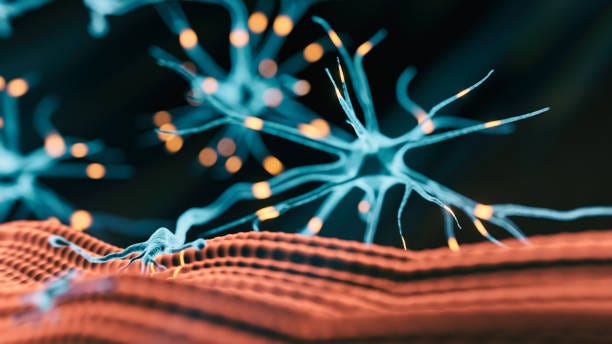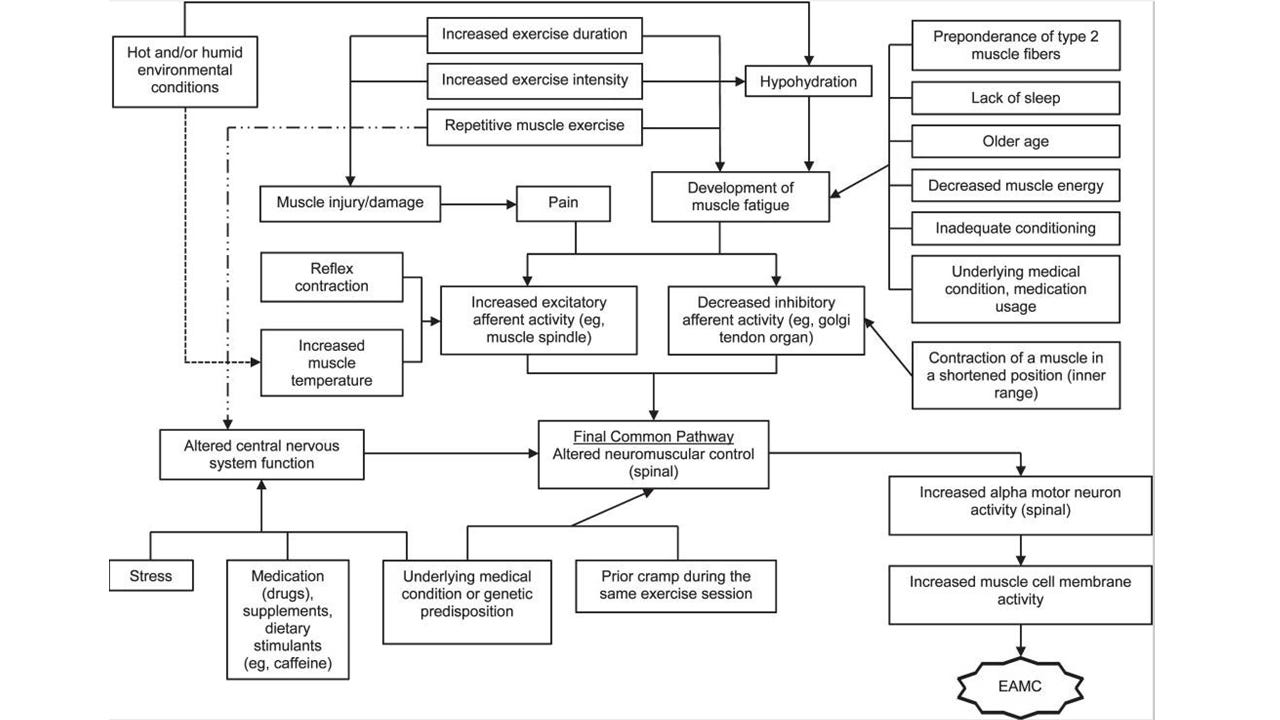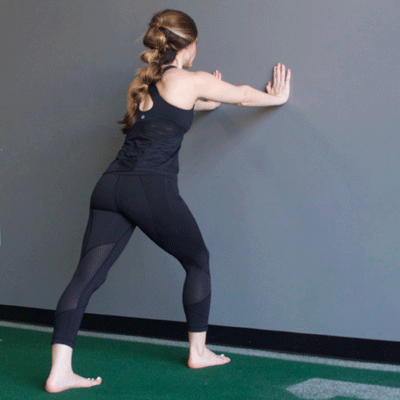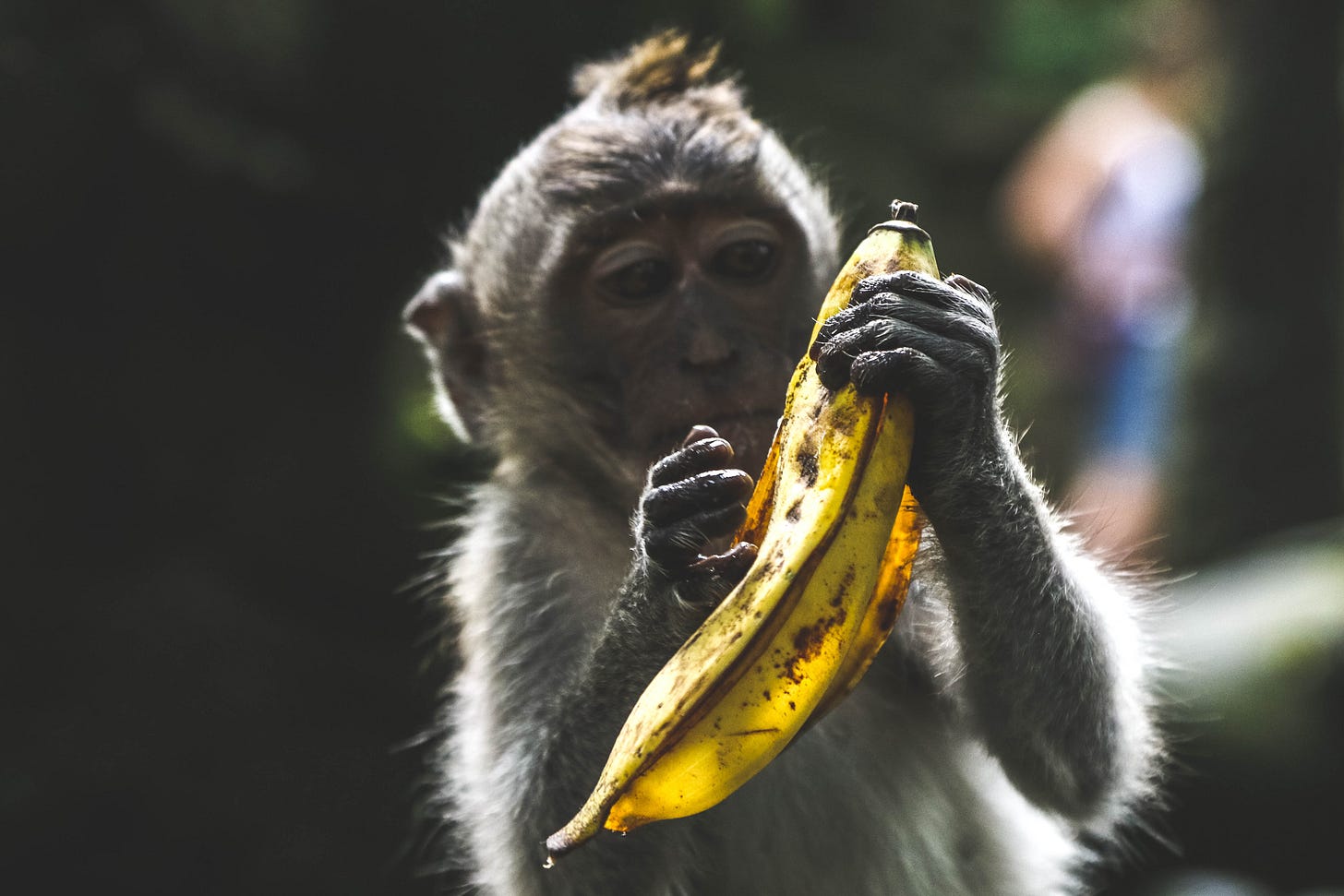🔑Key Points:
Exercise-associated muscle cramps = Painful and spasmodic involuntary contractions of skeletal muscle during or immediately after a workout in an otherwise healthy individual.
This topic is controversial. There is conflicting evidence both supporting and refuting the widely held notion that dehydration and electrolyte imbalances are responsible for exercise-associated muscle cramps.
Some people are predisposed to cramping during exercise. The cause is multi-factorial.
There is a few things you can do to prevent cramps, but only one thing you can do to fix them as they are happening.
I love bananas, I eat them daily, they have many benefits, but they do nothing for cramps. 🤷🏻♂️
📰In This Issue:
In this issue I will discuss the potential causes of exercise-associated muscle cramps, their prevention, and the one solution that works once they occur. Cramps caused by medication side effects and existing disorders are a separate topic and will no be covered in this article.
🥹Muscle Cramps
Exercise-associated muscle cramps are a very common problem among athletes and are characterized by a sudden, painful, involuntary contraction of skeletal muscle that typically occur during or immediately after practice.
💧Dehydration and Electrolyte Imbalance Theory
The oldest and most widely recognized theory proposes that exercise-associated muscle cramps happen as a result of sweat-induced fluid and electrolyte (primarily chloride) losses. However, this theory was based primarily on clinical observations, anecdotal evidence, and the notion that electrolytes such as sodium, potassium, and chloride play a crucial role in nerve impulses and muscle contractions.
However, there are a number of important inconsistencies in this theory. Here are a few:
Dehydration and electrolyte losses are systemic phenomena - meaning that they affect the whole body equally. If this theory was completely accurate, then cramps would occur in random muscles, not on the working muscles exclusively.
Several authors have demonstrated no differences in plasma volume, red cell volume, body mass lost, or plasma electrolyte concentrations during competition between athletes with and without cramps. (Schwellnus MP et. al. 2004), (R J Maughan, 1986),and (Schwellnus MP et. al. 2011)
When measured, sodium and chloride losses along with sweat rate were only predictive of cramp-prone athletes in one out of 10 other sports studied. (Miller, KC et. al. 2020)
For a more complete list of expert opinion and both observational and experimental studies that refute this theory you can read this paper: Miller KC, McDermott BP, Yeargin SW, Fiol A, Schwellnus MP. An Evidence-Based Review of the Pathophysiology, Treatment, and Prevention of Exercise-Associated Muscle Cramps. J Athl Train. 2022 Jan 1;57(1):5-15. doi: 10.4085/1062-6050-0696.20. PMID: 34185846; PMCID: PMC8775277.
🧠💪🏼Altered Neuromuscular Control Theory
This theory proposes that cramps happen when fatigue and other risk factors contribute to a common pathway that produces an imbalance between excitatory and inhibitory stimuli at the neuromuscular junction. Of note, this theory explains why cramps occur in exercising or actively contracting muscles exclusively.
A few studies support this theory:
Cramps can be induced in the absence of dehydration or electrolyte losses (Miller KC, 2017).
Poor conditioning, and higher exercise intensities are more consistently correlated with alterations at the neuromuscular junction than dehydration and electrolyte losses
Spinal cord pathways in non-crampers consistently produce greater amounts of inhibitory stimuli than crampers (Khan SI et. al. 2007).
Although this theory better explains clinical and laboratory observations of cramping, it is not without limitations and inconsistencies. For example, there is some contradicting data in individual studies (Shang G, et. al. 2011), (Schwellnus MP et. al. 2011), and (Miller KC et. al. 2009), and it is still unclear how fatigue itself causes cramps mechanistically.
☝🏽🤓Multifactorial Theory
In this model, multiple factors interact to trigger a chain reaction that alters neuromuscular control and induces cramps.
Multifactorial theory for pathogenesis of exercise-associated muscle cramps (EAMCs). Dashed arrows used to help with clarity of understanding the hot, humid, or both environmental conditions and repetitive muscle exercise pathways. Reprinted by permission from Miller KC. Exercise-associated muscle cramps. In: Adams WM, Jardine JF, eds. Exertional Heat Illness: A Clinical and Evidence-Based Guide. Springer; 2020:117–136.
Importantly, this model proposes that a threshold must be reached before cramps occur and that this threshold may be positively or negatively affected by other risk factors in such a way that when predisposed individuals with intrinsic risk factors are exposed to extrinsic factors, a threshold may be reached, and if exceeded, cramps occur. This theory explains why cramps occur in some individuals and some situations but not others.
💊Prevention
Many prevention and treatment recommendations exist. However, most are based on anecdotal evidence and lack support from properly designed studies. Here is a summary of prevention strategies available in the literature:
Incorporate neuromuscular reeducation, plyometrics, or strength training into training.
Include suitable rest periods after training a to allow recovery and minimize the residual effects of muscle damage.
Hydrate properly.
Consume a nutritious, well-balanced diet that accounts for your unique carbohydrate, electrolyte, and fluid needs - this may include supplements.
👨🏽⚕️Treatment
Nothing works in the acute setting other than static stretching of the affected muscle. Static stretching can be started immediately after the cramp occurs and it may be performed actively (by contracting the opposite group of muscles) or passively (with help from someone else or yourself while trying to relax the affected muscle).
⚠️Food containing acetic acid (ie, vinegar) or transient receptor potential activators (eg, capsaicin) may help relieve cramps. These should be used infrequently and in small volumes (<100 mL). Only attempt in individuals without related food allergies.
🍌A Note on Bananas
Contrary to popular belief, potassium is generally not considered an electrolyte of interest in the pathophysiology of cramps. Nonetheless, bananas are sometimes used during treatment due to their potassium and glucose content. Here is the thing: there is no real evidence of their efficacy, and some data even suggests bananas are unlikely to help by increasing blood potassium.
In a study of 12 participants who ingested 1 or 2 servings of bananas after exercise did not experience increases in blood potassium concentrations or plasma volume until 60 minutes after consumption!! (Miller KC, et. al. 2012), but even then, as stated earlier, potassium is not even an electrolyte of interest in cramp pathophysiology anyway🤷🏽.
While bananas may not offer an immediate curative effect on cramps, they still offer significant nutritional value and are an important component of my own post-training routine. So don’t stop eating them if you do.
Lastly, severe and frequent exercise-associated muscle cramps may be a sign of underlying conditions and require a medical evaluation. This article is not intended to be a replacement for that. Don’t be stubborn and go see your doctor.
Disclaimer: This content is provided for educational purposes only and should not be construed as medical advice. Always consult with your primary care physician (PCP) or a qualified healthcare professional before making any changes to your lifestyle, diet, or exercise routine. The information presented in this article is not intended to diagnose, treat, cure, or prevent any disease. Individual results may vary. The author and publisher of this article are not responsible for any adverse effects or consequences resulting from the use or application of the information provided. Please use your own discretion and judgment when implementing any suggestions or recommendations.










Monkey don’t cramp🍌